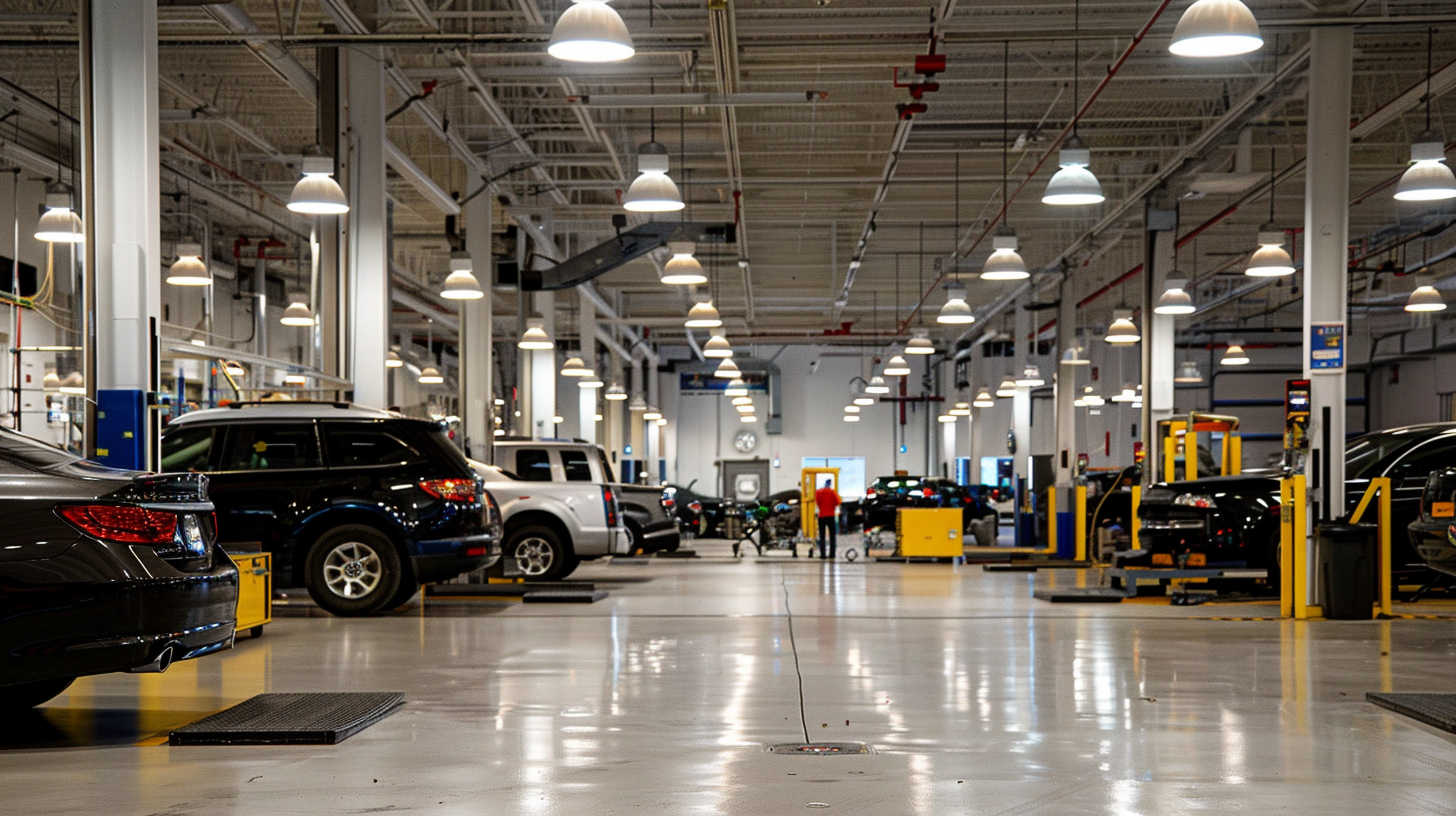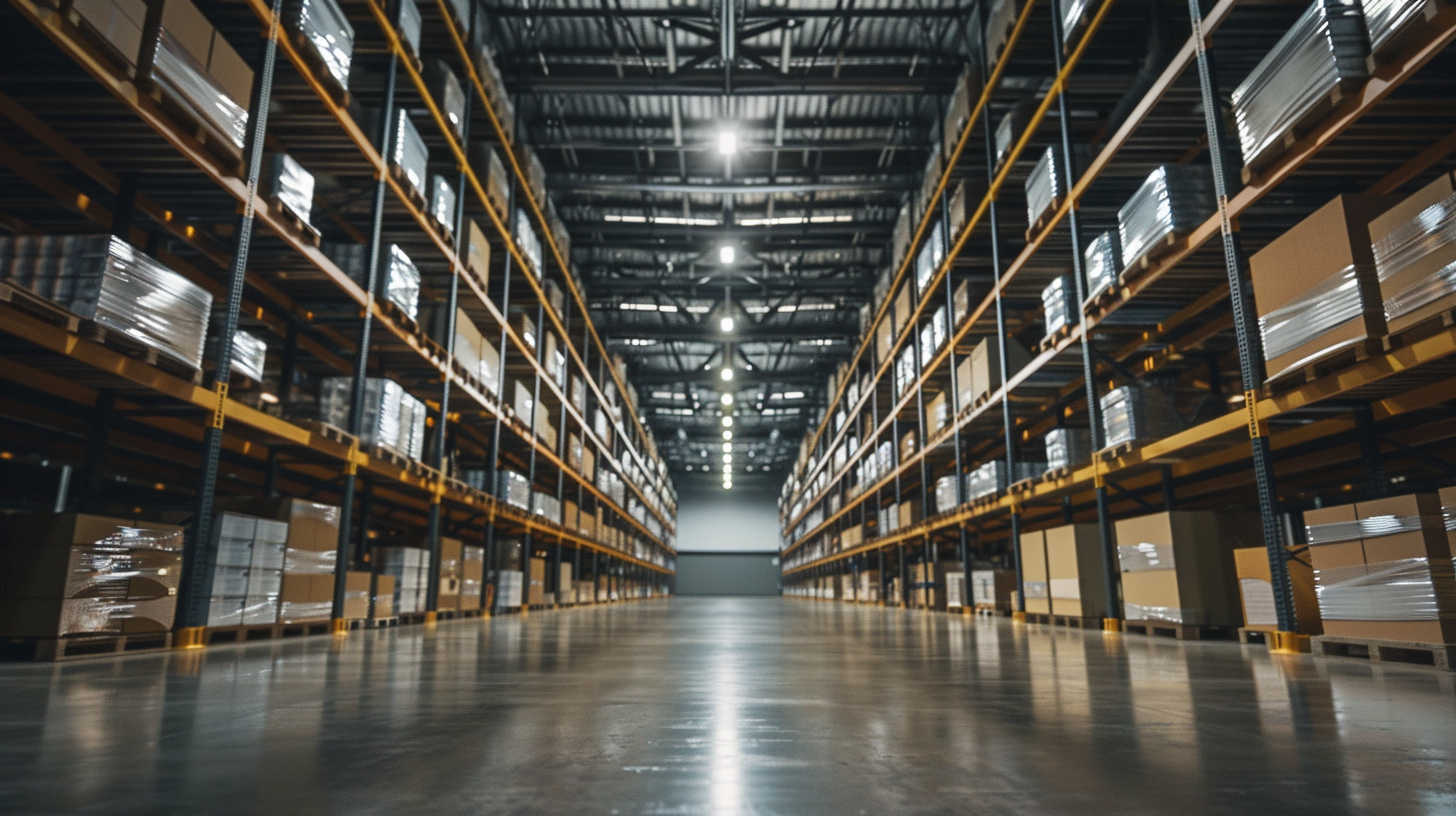Outdated lighting drains energy and money. Poor brightness and high maintenance costs hurt your bottom line. Switching to LED can solve these issues.
LEDs produce more usable light per watt than metal halides, leading to energy savings and better illumination. A 150W LED can replace a 400W metal halide, offering similar brightness with less energy consumption.
Let’s delve deeper into the differences between LED and metal halide lumens.
Table of Contents
What Are Lumens?
Lumens are the unit used to measure the total visible light output from a light source. Simply put, the more lumens a light produces, the brighter it looks to the human eye. Unlike watts, which measure energy consumption, lumens tell you how much actual light you’re getting.
For example, a 100W incandescent bulb produces around 1,600 lumens, while a 15W LED can produce the same amount. That’s why lumens are the best way to compare the brightness of different types of lighting—whether it’s LED, fluorescent, or halogen.
Understanding lumens helps ensure you select the right light output for your space, whether it’s for reading, working, or outdoor safety.
What Are Watts?
Watts measure how much electrical power a light source uses—not how bright it is. This used to be a good way to guess brightness when everyone used incandescent bulbs. More watts meant more light. But with today’s lighting technologies, especially LEDs, that’s no longer the case.
For example, a traditional 100-watt incandescent bulb gives off about 1,600 lumens. But an LED can produce the same brightness using only 15 to 20 watts. That’s because LEDs are more efficient—they convert more power into light, not heat.
So when you’re choosing lights, don’t focus only on watts. Look at lumens to understand brightness, and watts to understand energy use.

warehouse_with_LED_high_bay_lights
Lumens and Useful Lumens
Lumens tell you how much total light a bulb or fixture produces. But that number alone doesn’t always reflect real-world performance. That’s where “useful lumens” come in.
Useful lumens measure the light that actually reaches the target area. For example, metal halide lamps emit light in all directions. A good chunk of that light gets lost or reflected inefficiently, especially in open spaces. So even if a metal halide puts out 20,000 lumens, you might only get 12,000 lumens where you need it.
LEDs are different. They’re directional, meaning they send light exactly where it’s needed. That makes their useful lumen output much closer to the rated lumens. It also means you can often use a lower-wattage LED to get the same usable brightness as a higher-wattage metal halide.
Bottom line? When choosing lights, don’t just compare lumens. Think about how much of that light actually helps you see what you need to see.

automotive_workshop_featuring_round_LED_high_bay light
Are LED Lumens the Same as Metal Halide Lumens?
No, they differ in efficiency and directionality. LEDs provide more useful lumens due to their directional nature. Metal halides emit light omnidirectionally, leading to more wasted light and less efficient illumination.
What LED Is Equivalent in Power to Metal Halide?
When replacing metal halide lights with LEDs, it’s important to match the light output, not just the wattage. LEDs are far more efficient, so they use much less power to produce the same brightness.
Here’s a quick reference guide:
- A 250W metal halide can be replaced with an 80–100W LED.
- A 400W metal halide can be replaced with a 120–150W LED.
- A 1000W metal halide can be replaced with a 300–400W LED.
These LED equivalents provide similar lumen output while consuming 60–70% less power. Besides saving energy, they also generate less heat, turn on instantly, and last much longer. This makes LEDs a smarter, more economical choice for any application currently using metal halide fixtures.
How Can You Compare Metal Halide to LED?
When comparing metal halide lights to LEDs, there are several key differences that highlight why more people are making the switch to LED:
- Energy Efficiency: LEDs produce more lumens per watt than metal halides. That means they deliver the same brightness using much less power—up to 60% less in some cases.
-
Lifespan: Metal halides typically last about 12,000 to 20,000 hours. In contrast, most quality LEDs offer 50,000 hours or more, drastically reducing replacement frequency.
-
Maintenance: Because LEDs last longer and don’t require warm-up time, you’ll spend less on maintenance and labor costs. Metal halide bulbs often need regular re-lamping and re-ballasting.
-
Light Quality: LED lights provide consistent, flicker-free brightness from the moment they’re switched on. Metal halides fade over time and take several minutes to reach full brightness, making them less reliable in critical settings.
By evaluating these factors, it’s clear that LED lighting offers a more efficient, longer-lasting, and lower-maintenance solution than traditional metal halide systems.

LED high bay lighting for industial lighting
Lumen Degradation of Metal Halide Versus LED
One of the biggest drawbacks of metal halide lamps is their rapid lumen degradation. Even though they may start off bright, metal halides can lose up to 30% of their brightness in the first few thousand hours of use. Over their full lifespan, they often drop to 50% or less of their original output. This means more frequent replacements or over-lighting initially just to maintain minimum brightness later on.
LEDs, on the other hand, are far more consistent. High-quality LEDs usually retain at least 97% of their brightness after 6,000 hours, and even after 50,000 hours, they typically maintain 70% or more of their initial lumen output. This slower lumen depreciation leads to better long-term lighting quality, fewer maintenance headaches, and more predictable performance in critical applications like warehouses, sports fields, or parking lots.
How Many Lumens Do I Need?
Choosing the right number of lumens starts with understanding your space and how it’s used. Different settings require different brightness levels:
- Office Spaces: Aim for 300 to 500 lumens per square meter. This level supports reading, typing, and general desk work without straining the eyes.
- Warehouses: These need higher illumination, especially if precision tasks or machinery are involved. Plan for 500 to 1,000 lumens per square meter to maintain safety and productivity.
- Outdoor Areas: For parking lots, streets, or loading docks, you may need between 1,000 and 3,000 lumens per square meter depending on activity level and security needs.
To get it right, calculate your area in square meters and multiply by the recommended lumens per square meter. Always consider mounting height, fixture spacing, and reflectivity of surfaces when finalizing your lighting layout.

large_warehouse_interior_illuminated_by_LED_high_bay_lights_5000k
Conclusion
In summary, LEDs offer superior energy efficiency, longer lifespan, and better light quality compared to metal halides. Upgrading to LED lighting can result in significant cost savings and improved illumination.
If you’re considering making the switch to LED lighting, feel free to contact us at Logos Lighting. We’re here to help you find the best solutions for your needs.




